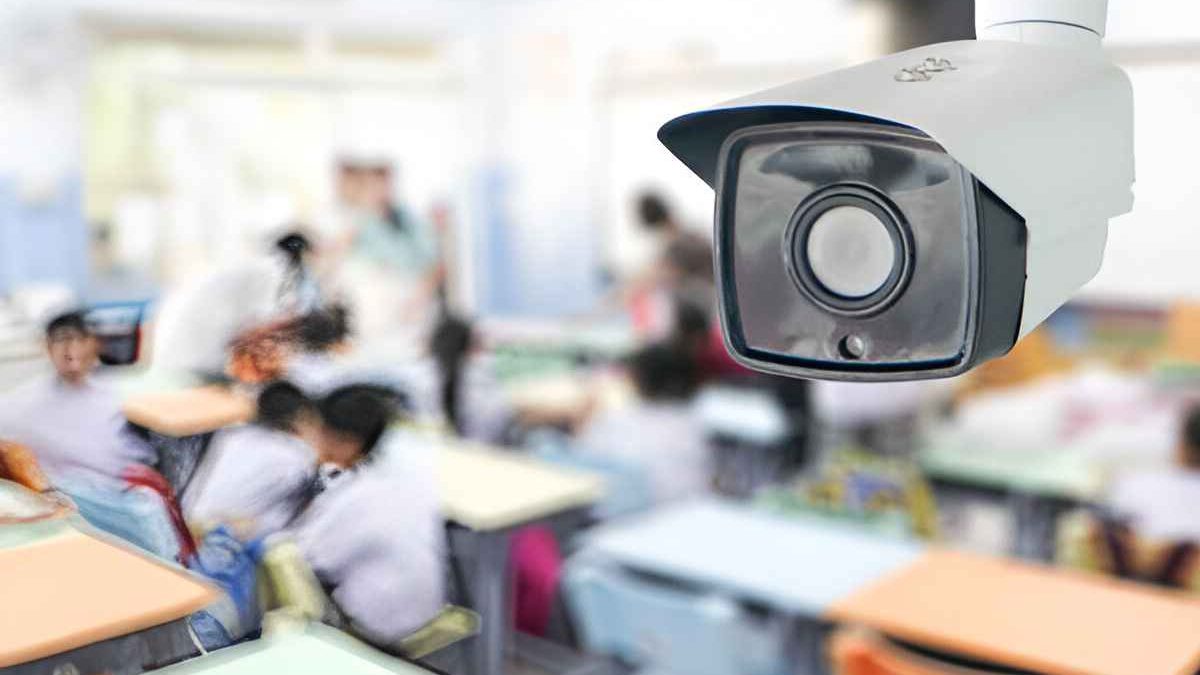Table of Contents
ToggleIntroduction
According to the K-12 School Shooting Database, there were 346 school shootings in the United States in 2023 alone, setting a new record. A report from the U.S. Secret Service also indicates that 75% of school attackers shared their intentions before an incident, yet many schools lacked the proper mechanisms to identify and act on these warnings. As school violence escalates, there is an increasing demand for more intelligent and responsive safety systems to proactively detect and neutralize threats.
In this article, we will explore how intelligent threat response systems are transforming school safety. The discussion includes current challenges, how technology is being leveraged, the role of AI in early detection, integration of surveillance and communication tools, and a look into companies offering these solutions. We will also discuss the policy implications and best practices for implementation.
The Growing Challenge of School Security
First, it is important to understand the scope of modern security threats in schools. Traditional security measures such as physical barriers and security personnel, while helpful, are no longer sufficient in isolation. As threats become more dynamic and unpredictable, schools must pivot toward more responsive systems that can interpret and respond to data in real time.
The Role of Intelligent Threat Response Systems
Next, intelligent threat response systems use technologies like artificial intelligence, machine learning, and real-time surveillance to identify potential threats before they escalate. These systems analyze patterns from video feeds, audio signals, and social media behavior to flag anomalies that may indicate a risk.
How Weapon Detection Technology Enhances Readiness
Moreover, integrating weapon detectors for schools is becoming a critical layer in threat mitigation. Companies like Coram AI are pioneering AI-based systems that not only detect firearms visually through video surveillance but also integrate seamlessly with alert systems to notify staff and law enforcement in seconds. These detectors are non-intrusive and can scan individuals in real time without slowing down entry processes.
Leveraging AI for Early Threat Detection
In addition, AI models can assess behavioral patterns from multiple sources, such as attendance anomalies, erratic social media posts, or alarming conversations captured via audio surveillance. When these data points align with potential risk indicators, automated alerts are generated. This proactive approach gives school officials and responders more time to act.
Integrated Surveillance and Communication Systems
Consequently, a comprehensive threat response system involves more than detection. It must also include instant communication pathways. Modern platforms can broadcast alerts to mobile phones, loudspeakers, and desktop applications simultaneously. Integration with access control systems ensures that specific areas of a school can be locked down instantly upon detection.
Real-Time Analytics and Decision Support
Furthermore, real-time analytics play a crucial role in decision-making. Dashboards that visualize data in actionable formats allow school administrators and safety officers to quickly assess a situation. From locating the source of a threat to tracking evacuation progress, these tools provide the necessary insight for informed actions.
Policy Considerations and Compliance
Moreover, integrating intelligent systems requires adherence to legal frameworks, including FERPA and state-specific data privacy laws. Schools must also work closely with local law enforcement and cybersecurity experts to ensure that any data collected is protected and used ethically.
Best Practices for Implementation
To move forward, schools should start with a comprehensive risk assessment that evaluates both internal and external threats. Next, engaging stakeholders such as teachers, parents, and law enforcement in the planning phase helps build a culture of safety. Finally, pilot programs allow districts to test technologies on a smaller scale before committing to full deployment.
Conclusion
To summarize, intelligent threat response systems represent a significant step forward in safeguarding students and staff. By combining real-time detection, AI analytics, and automated communication, these systems can provide a faster, more coordinated response to potential threats. Their successful implementation, however, hinges on thoughtful planning, stakeholder engagement, and adherence to regulatory standards.
FAQs
What is an intelligent threat response system?
It is a security infrastructure that uses technologies like AI and real-time analytics to detect and respond to threats.
How does weapon detection work in schools?
Advanced systems use AI-based video surveillance to identify weapons and automatically alert school authorities.
Are these systems intrusive to students?
Most modern solutions are designed to be non-invasive and seamlessly integrate with daily school operations.
Key Takeaways
- School shootings hit a record high in 2023, highlighting a pressing need for smarter security solutions.
- Intelligent threat response systems leverage AI and surveillance to detect risks early.
- Weapon detectors for schools such as those by Coram AI offer real-time firearm detection.
- Integration with communication tools ensures faster, more coordinated responses.
- Adhering to policy and involving stakeholders are crucial for effective implementation.
Also Read: Mobile Threat Defense: The Silent Shield Behind Every Secure App
Shashi Teja
Related posts
Hot Topics
Youth Sports Camps Build Character
We do not all become professional sports players; however, every child can benefit from youth sport programs. There is a…
Best DMARC Lookup Tools: Instantly Check & Verify Your DMARC Records
Choosing the best DMARC lookup tools is essential for any organization that wants to secure its email domain and prevent…



